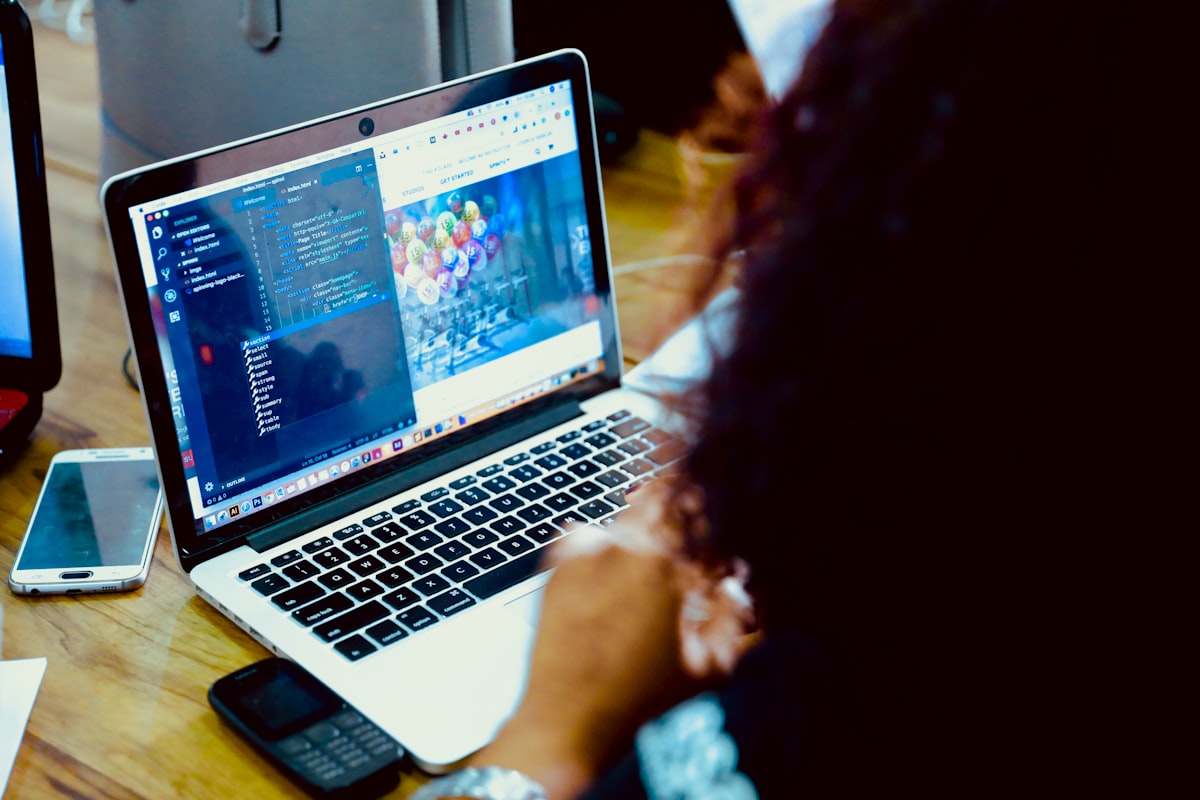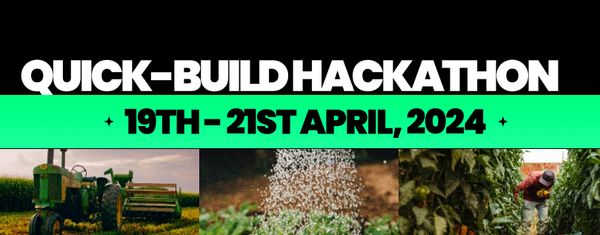Improving open source education with scenario based learning strategies
Scenario-based learning involves presenting learners with contextualised scenarios that mirror real-world situations they are likely to encounter.

Scenario-based learning offers several benefits in the realm of open source education. Let's explore these benefits.
Introduction
Open source education has become a pivotal aspect of modern learning, offering individuals the opportunity to engage with a diverse range of knowledge and skills. However, ensuring effective learning strategies within this context is crucial. This is where scenario based learning comes into play.
Understanding Scenario-Based Learning
Scenario-based learning involves presenting learners with contextualised scenarios that mirror real-world situations they are likely to encounter.
These scenarios encourage learners to make decisions, solve problems, and apply their knowledge in a practical context.
This approach stands in contrast to traditional methods that often rely on passive learning through lectures and readings.
Benefits of Scenario-Based Learning in Open Source Education
Scenario-based learning offers several benefits in the realm of open source education.
✅ Learners are actively engaged, as scenarios require their direct participation, enhancing motivation and retention.
✅ The real-world context of scenarios helps bridge the gap between theory and practice, preparing learners for the complexities of open source contribution.
✅ Decision-making and problem-solving skills are honed, while collaborative and communication abilities improve through interactions with peers.
Designing Effective Scenarios for Open Source Education
Creating impactful scenarios necessitates aligning them with clear learning objectives. Scenarios should mirror authentic situations in the open source world, allowing learners to encounter challenges they might face as contributors.
Complexity should be integrated gradually, enabling learners to build upon their understanding. Assessment and feedback mechanisms ensure learners receive guidance and recognition for their efforts.
Implementation of Scenario-Based Learning
Both instructors and learners play vital roles in scenario-based learning. Instructors must curate scenarios that resonate with the target audience and create an environment conducive to exploration and experimentation. Learners engage actively, drawing from their existing knowledge and experiences.
🚀 The use of technology platforms facilitates scenario deployment, allowing learners to interact with the scenarios seamlessly.
Case Studies: Successful Implementations
Several case studies showcase the successful application of scenario-based learning in open source education. In programming and coding, learners are presented with coding challenges that simulate real coding projects, enhancing their coding skills and problem-solving abilities.
Open source software development can benefit from scenario-based learning by immersing learners in the complexities of collaborative coding, version control, and community interactions.
✅ Understanding open source contribution can be deepened through scenarios that require learners to navigate licensing issues, community dynamics, and project management.
Challenges and Solutions
While powerful, scenario-based learning also presents challenges. Crafting authentic scenarios that align with learners' experiences can be demanding.
Striking a balance between complexity and accessibility is crucial to prevent overwhelming learners. Addressing diverse learner backgrounds and ensuring scenarios are inclusive requires careful consideration.
Measuring the Effectiveness of Scenario-Based Learning
✅ Assessing scenario-based learning involves a blend of quantitative and qualitative evaluation methods.
✅ Performance metrics, such as completion rates and correctness of decisions, provide quantitative insights.
✅ Qualitative feedback from learners aids in understanding their engagement, perceptions, and the transfer of skills to real-world contexts.
Future Directions and Trends
The future of scenario-based learning in open source education holds exciting possibilities. Integration of emerging technologies like artificial intelligence and virtual reality could elevate the immersive nature of scenarios.
Personalised learning experiences could tailor scenarios to individual learners, catering to their specific needs and interests. Continuous improvement through learner feedback ensures scenarios remain relevant and effective.
Conclusion
Scenario-based learning has the potential to revolutionise open source education by providing learners with dynamic, immersive experiences. The method fosters active engagement, critical thinking, and practical skill application, aligning perfectly with the demands of the open source landscape.
As educators and learners embrace scenario-based learning, open source education can evolve into a more impactful and effective endeavour, nurturing skilled contributors who thrive in real-world open source projects.






